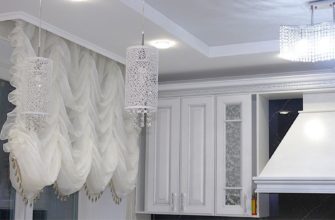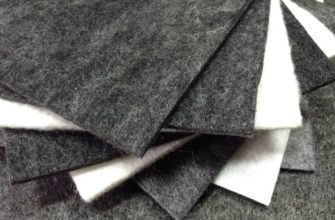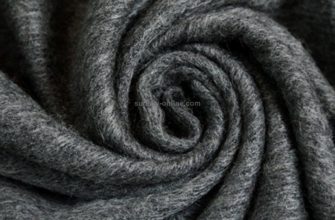Poplin is a fabric with such a romantic name, there is something Italian about it, with a Provencal touch. Is it natural or artificial? And where is it used, only in bed linen? Still, poplin - what kind of fabric is it?
Composition and properties of fabric
What is poplin, what is this amazing material? Historically, it began to be made from silk in the Provencal city of Avignon. And it was intended for sewing clothes for the Pope. This type of silk fabric was called "papal", which means "poplin" in Italian. The composition has changed somewhat since the times of medieval Europe, but the name itself has stuck and remained.
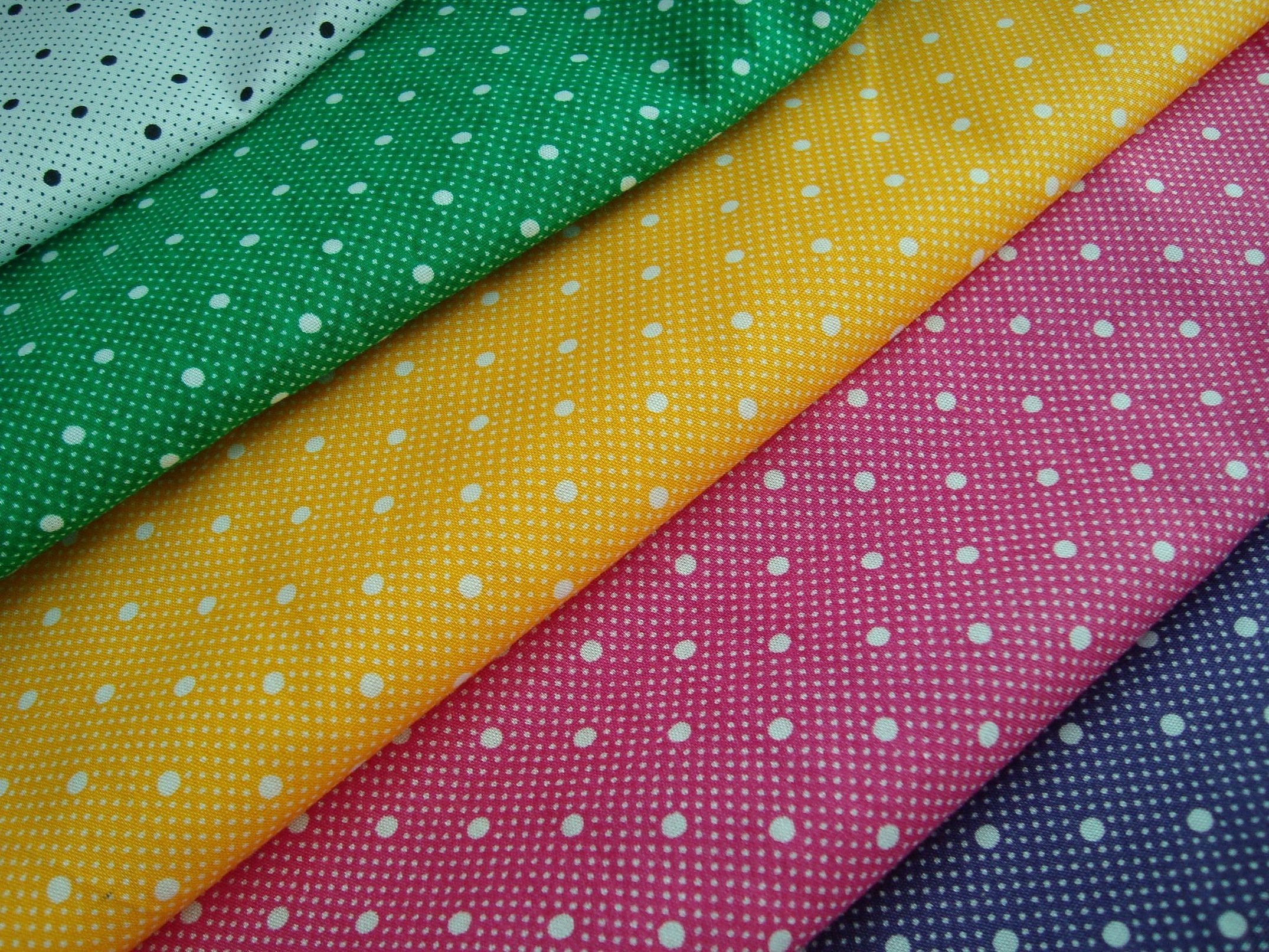
Modern poplin fabric has the following composition: 100% cotton, therefore the properties of this natural fabric will be as follows:
- hygroscopicity;
- air permeability;
- thermoregulation;
- environmental friendliness;
- wear resistance;
- strength.
Sometimes it can be made of silk or cotton in combination with synthetic fiber.
Important information! A fabric with such a weave made of pure wool is called papillon. It was used to make clothes for priests.
What kind of fabric is polypoplin? It is a fabric of the same weave as poplin, but contains synthetics, most often polyester.
What is the correct name for the fabric: paplin or poplin? Dictionaries claim that the correct spelling is "poplin", from the Italian - popeline.
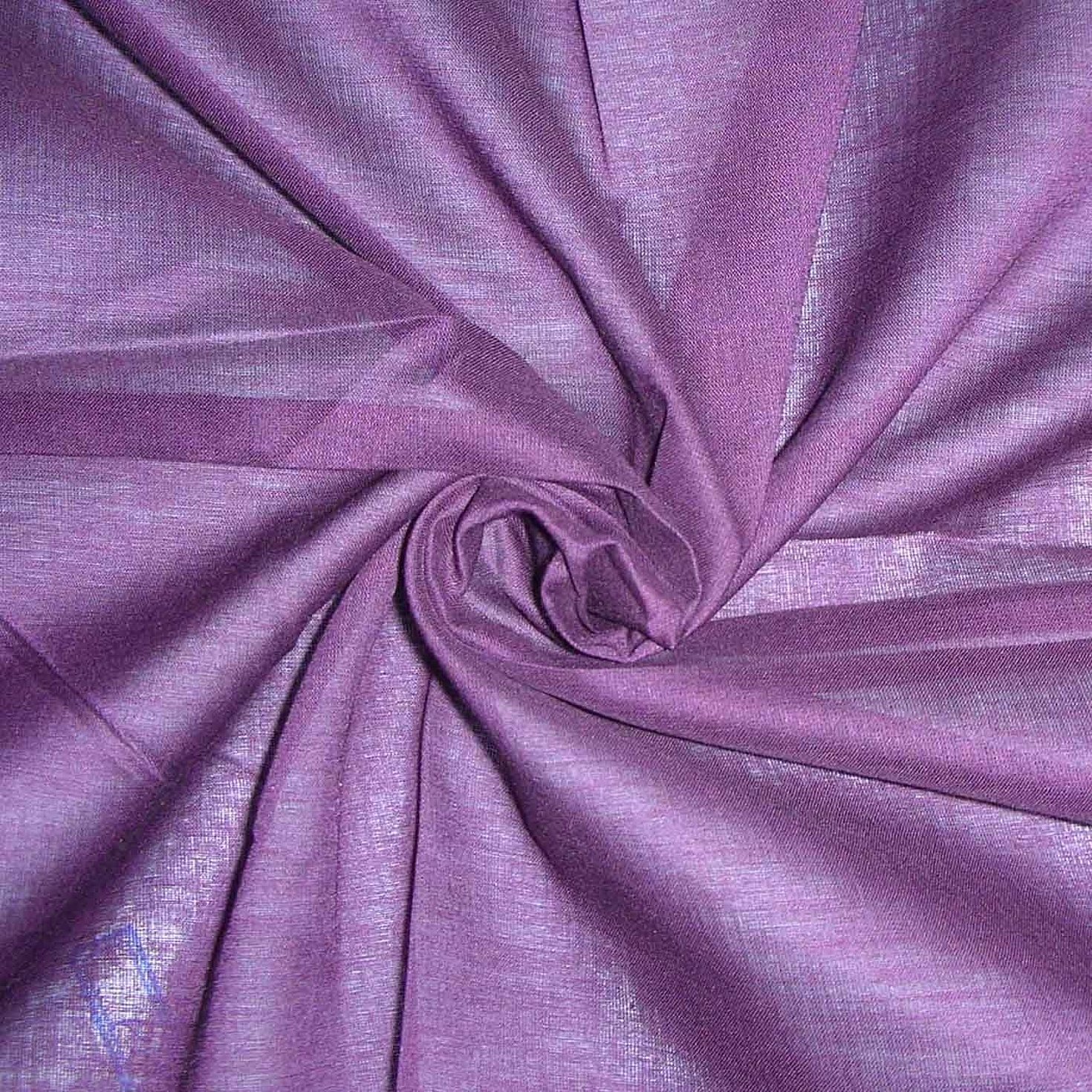
Characteristics and features of the fabric
Regardless of the composition of the fabric, it is woven in the same way, using plain weaving. The threads for the warp are thin, and for the weft - twice as thick. Thanks to this combination, the front and back sides are the same, in a small rib. The fabric is durable, with a density of up to 110 g / m2. High-quality material is practically not subject to deformation, pellets do not roll on the surface.
Types of canvas
Types of canvas differ in their composition. They can be as follows:
- Silk - the threads are made up of wool and silk, which is exactly what poplin originally had.
The material, which contains natural silk and wool, is considered a premium fabric. It is used to sew incredibly expensive, but very high-quality bed linen and evening dresses.
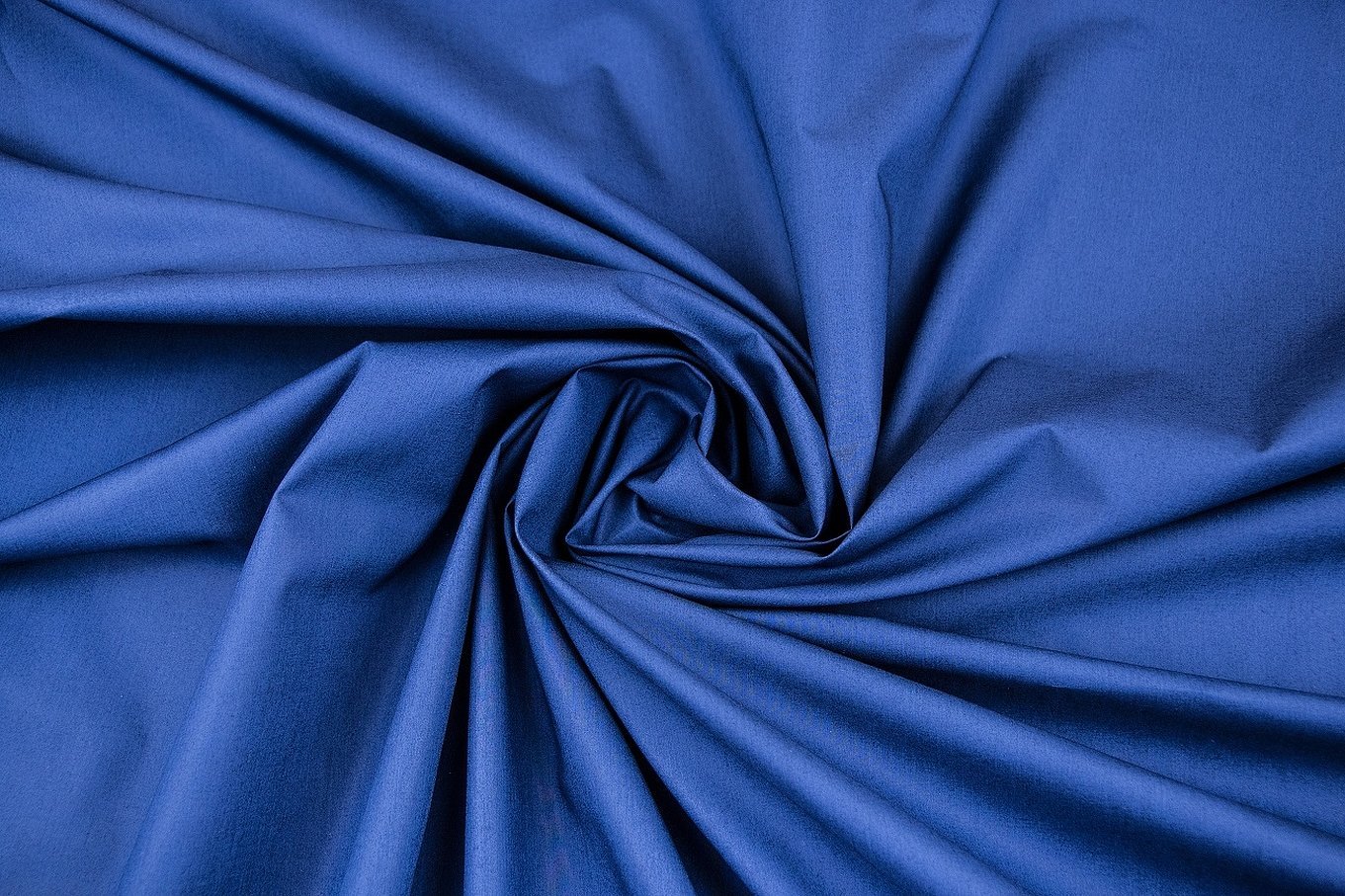
- Cotton - made from cotton fibers of different thicknesses, the most expensive type of this material is Indian grodesin; fabrics from Turkey and Pakistan are slightly inferior in quality, but win in price.
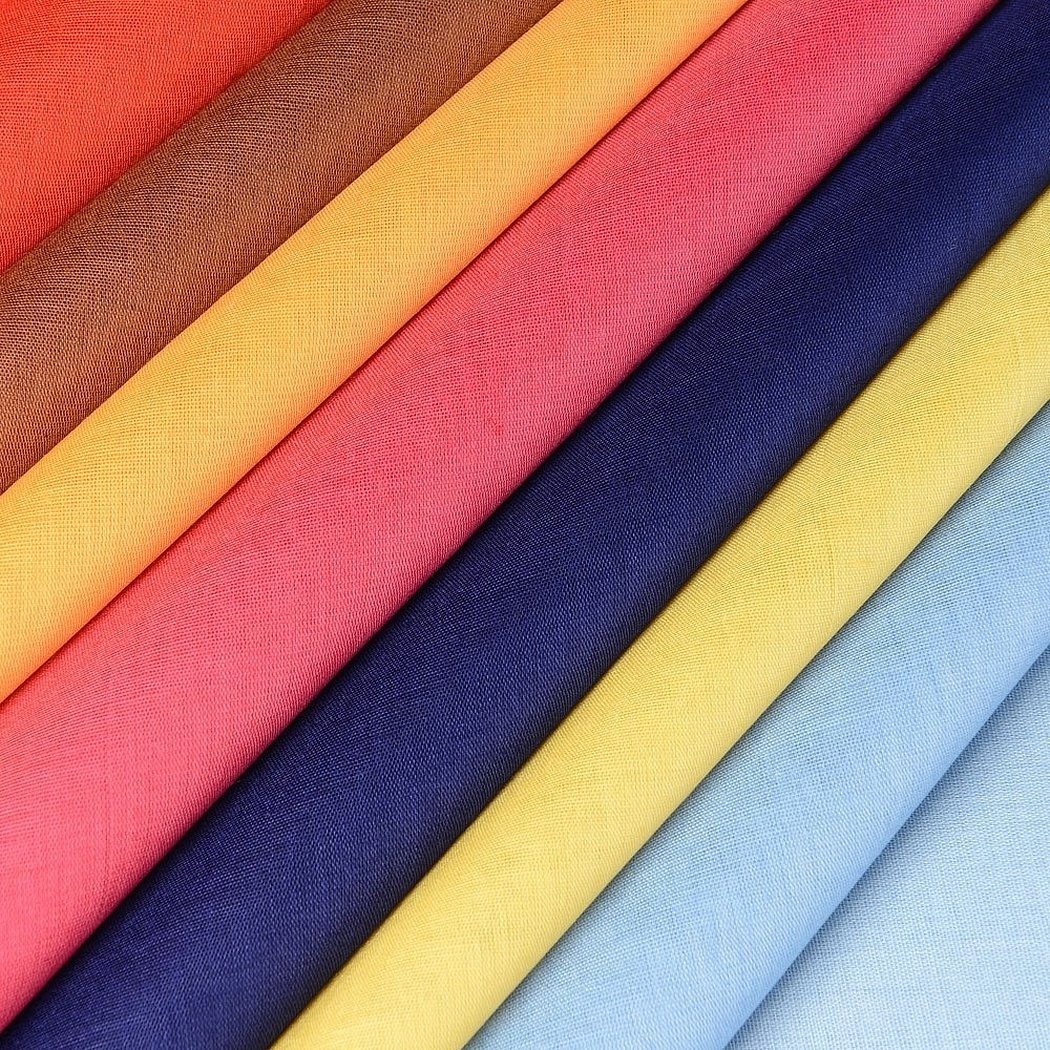
- Mixed composition - the fabric combines cotton and synthetic fibers, and the percentage of synthetics affects the cost; elastane (the fabric is called stretch poplin), polyester or lycra can be added.
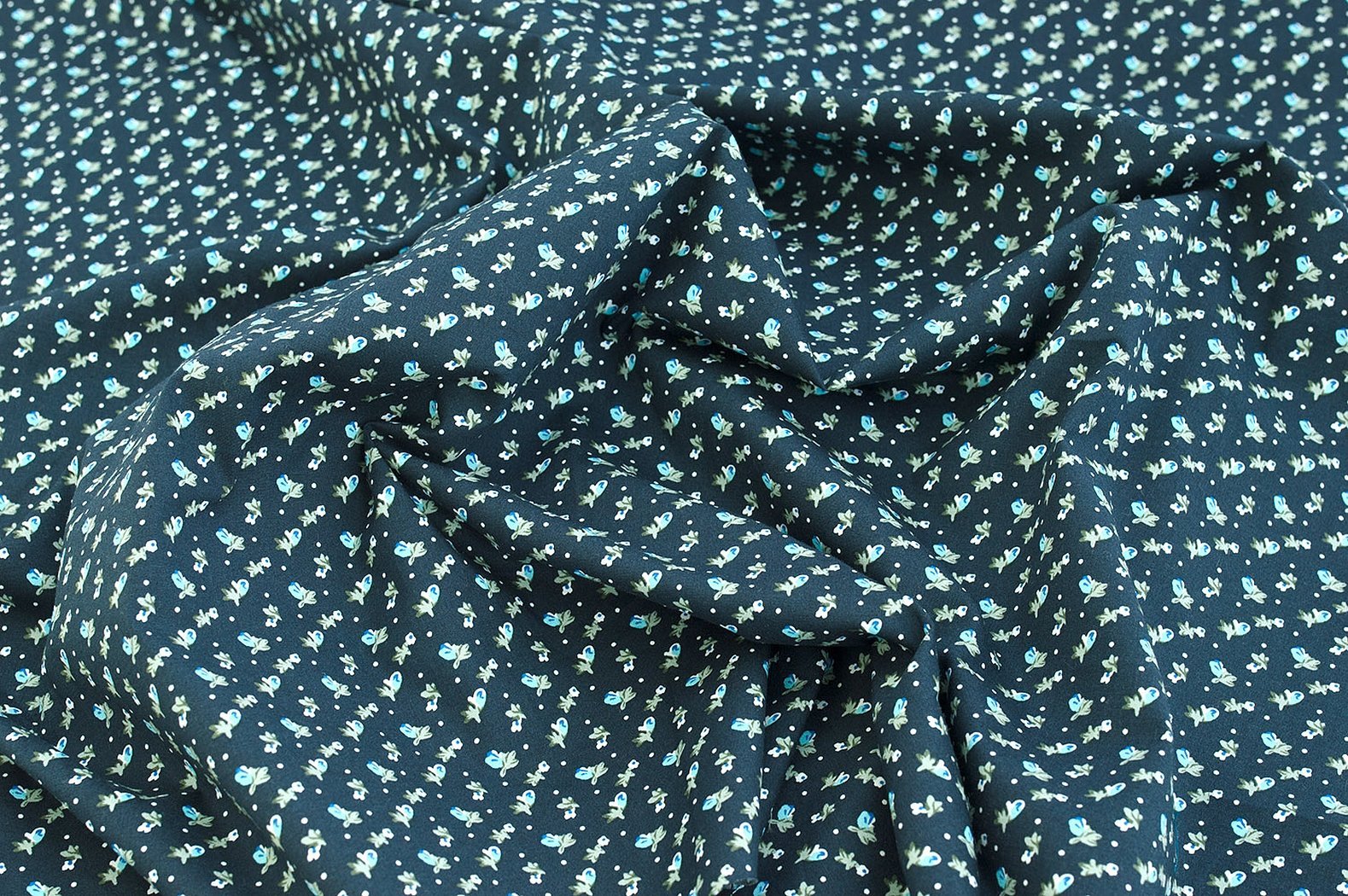
- Stripe poplin is a cotton material with a characteristic coloring: stripes are located across the entire width of the fabric.
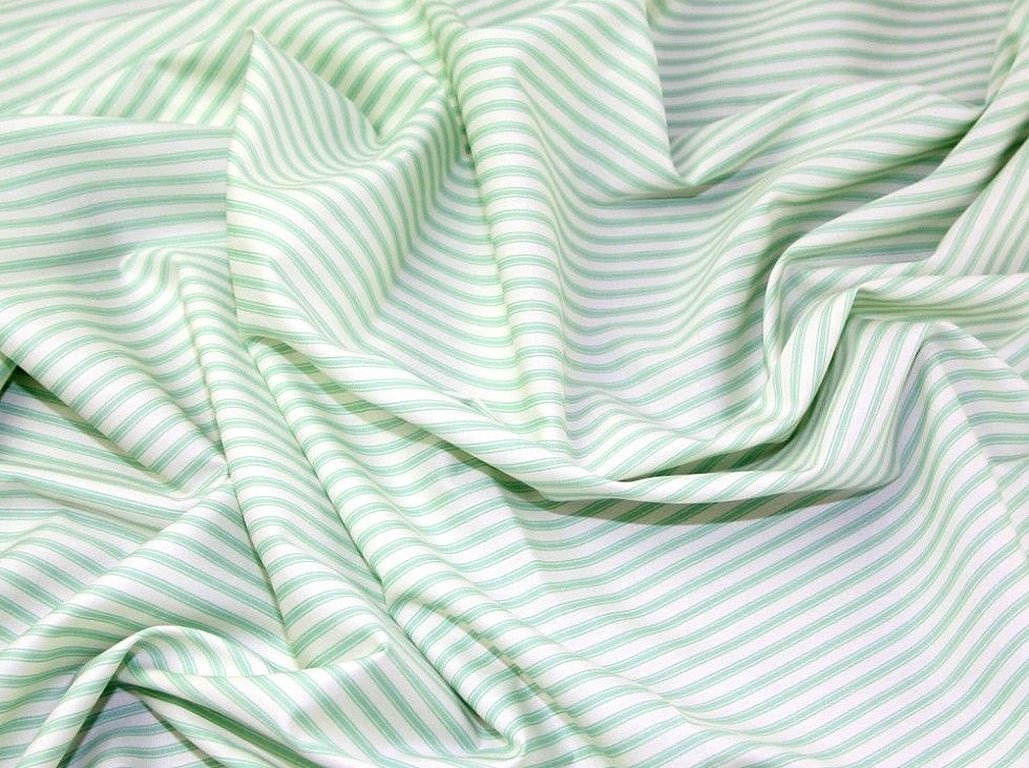
Different types of coloring
Fabrics also differ in the method of dyeing. The following types can be distinguished:
- Bleached - cotton material, which naturally has a natural grayish or yellowish tint, is exposed to special chemicals, and then undergoes the process of mercerization - treatment in alkali. The fabric becomes smooth and durable.
- Variegated — already dyed threads are used in weaving the fabric. Using a special dyeing reagent, selected depending on the raw material, the fibers are dyed in three stages: dye penetration, pigment absorption and color fixation. The use of dyed fibers allows you to get a longitudinal and transverse pattern, most often a cell or strip. The modern 3D effect is created by using dyed threads in a diagonal direction.
- Plain dyed - uniformly dyed fabric that has been pre-bleached. Due to repeated cycles of dyeing and washing out the pigment, it acquires a very stable color.
- Printed or printed - the design is applied to the material mechanically, using a printing press. The coloring is resistant to ultraviolet light and numerous washings.
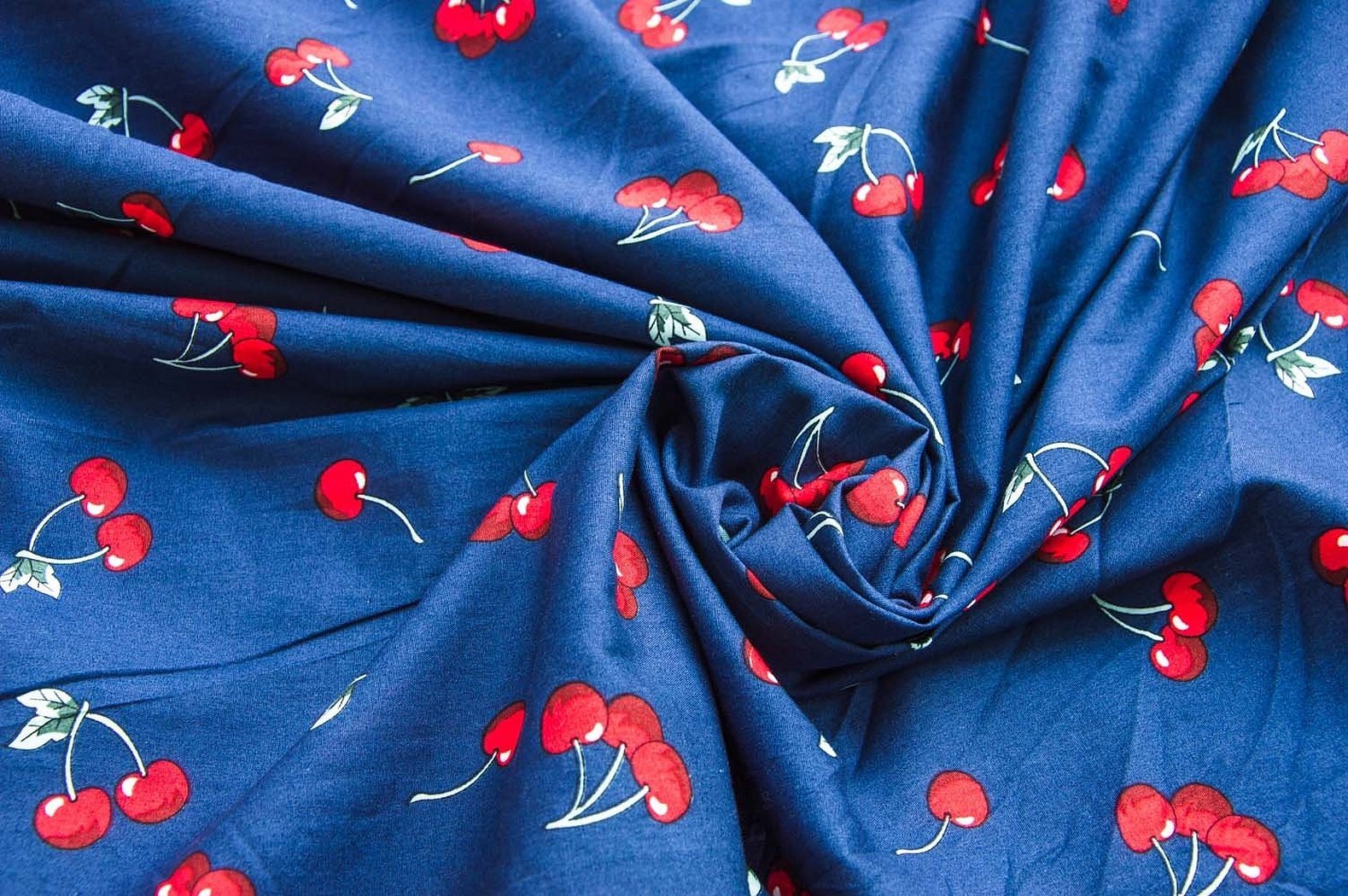
Scope of application
The use of the material directly depends on its composition.
In the 19th century, a duchess used a poplin dress as a bathing suit. Academicians' robes were made of poplin. During World War II, soldiers' underwear was made of poplin. What is made of poplin today?
Natural cotton material is used for sewing bed linen sets and children's clothing.
Mixed composition poplin is used for underwear and casual home wear, elegant dresses and underwear. Poplin is also widely used in the manufacture of home textiles.
Poplin is popular among needlewomen who love modern trends such as patchwork, scrapbooking, as well as for sewing toys and making accessories.
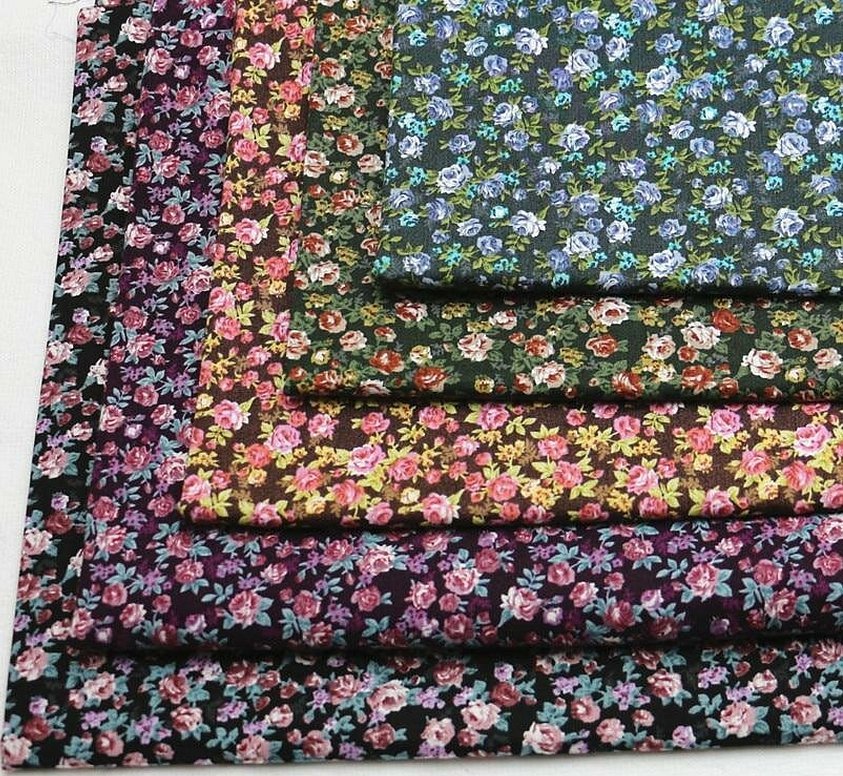
What is sewn from poplin?
Dress poplin is very popular, from which elegant and casual dresses and skirts are made. Natural cotton or with a small addition of elastane material is used for children's clothing - they sew various suits and overalls, pajamas, vests and T-shirts. Like all children's clothing, it has to be washed quite often. It withstands frequent washings with honor. What else can be sewn from poplin?
- Uniform gowns and overalls made of poplin are used in hospitals, trade organizations and catering establishments.
- For men, poplin is used to make casual jackets and shirts. They are comfortable to wear and do not wear out for a long time.
- Poplin curtains, tablecloths, napkins and potholders are widely popular for home furnishing and comfort.
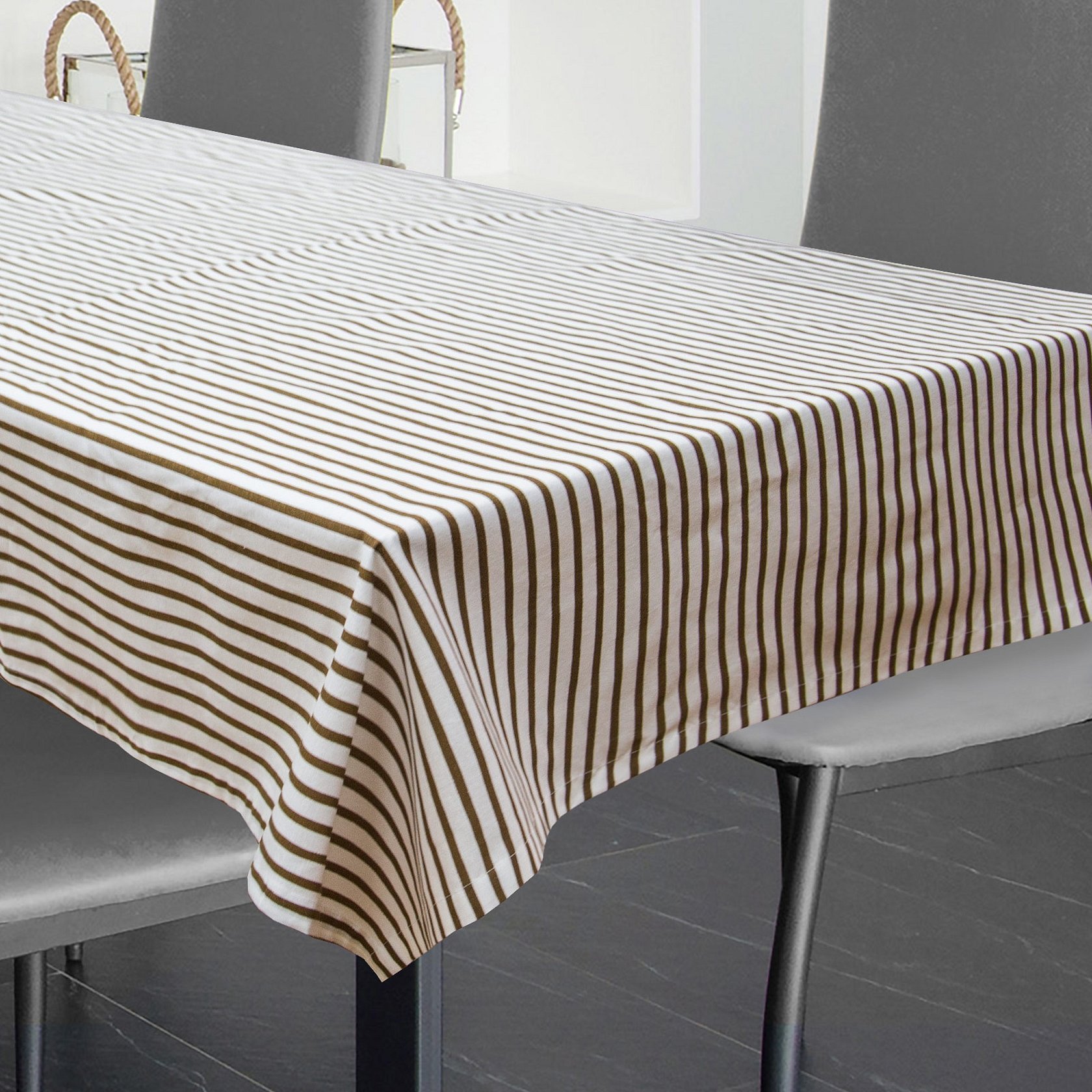
- And yet the most popular direction is bed linen. On the market it is a worthy competitor to satin.
But what is the difference between poplin and satin in detail, if both materials are made from cotton?
Differences between satin and poplin
Satin and poplin are made entirely of cotton, both are used for sewing bed linen. But it is no coincidence that they have different names. This means that there are differences in the fabrics. What is the main difference between satin and poplin?
The main difference between poplin and satin is the weaving method. Satin fabric has a special weave - satin. After three rows, the weft thread is woven into the fourth. In addition, it is not smooth, but twisted. This is what gives satin its strength and shimmering silky shine.
Please note! Satin is even called cotton silk. In addition, satin products are smooth to the touch, the front side is completely devoid of ribs and other relief.
Poplin has a regular plain weave, the fibers are woven in a checkerboard pattern. Ribs are formed on the surface of the fabric, which makes the fabric somewhat rough. But poplin has one undeniable advantage over satin. It is much stronger than satin, which also has high strength characteristics. But poplin is ahead of it in these indicators. This means that the products will withstand repeated washings, will last longer and will not lose their decent appearance, they will still look just as attractive. Due to the simpler weave, the process of making poplin is less expensive. And this has a positive effect on the cost of the material.
However, the materials fully comply with the GOST standard, which regulates the characteristics of fabrics for bed linen.
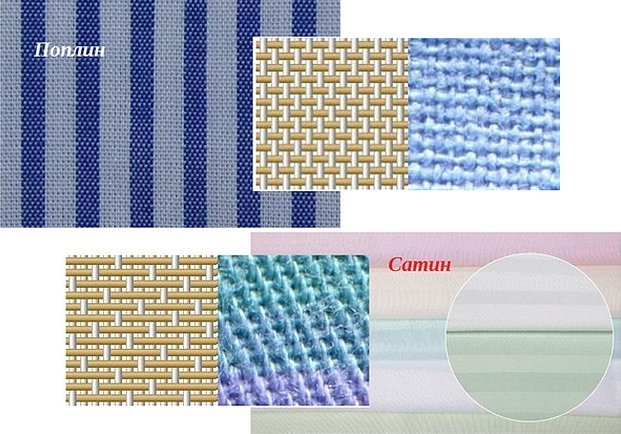
Material care
Care for the products must be carried out according to the description on the label. In order not to spoil the material when washing, it is necessary to know its composition and choose the right temperature mode.
- To preserve the color, it is better to turn the clothes inside out and not dry them in the sun.
- For washing, you can use regular washing powder or gel; no special product is required.
- For a completely cotton product, washing at 90°C is allowed, and ironing is possible with a hot iron.
- For mixed fabrics, the temperature should not exceed 40°C; for silk fabrics, it is better to use a special delicate mode.
- Bed linen does not need to be ironed; it is enough to straighten it well before drying.
Please note! In general, care does not require special skills and abilities. Delicate washing, if required by the composition, drying and ironing - these are the main points to pay attention to.

Advantages and disadvantages
Like all materials, poplin has its pros and cons.
The material has the following advantages:
- thanks to the porous structure of the fabric, the skin “breathes”;
- absorbs sweat well;
- good thermoregulatory properties - in winter you won’t freeze under such bed linen, and in summer it won’t be hot;
- natural fabric does not cause allergic reactions even in children;
- antibacterial properties prevent the proliferation of mites in pillows and blankets;
- does not require careful care, no need to iron after washing;
- low cost.
Defects can only be found in low-quality materials, counterfeits. They can be the following:
- persistent chemical smell after dyeing fabric;
- fading and shrinkage after washing;
- scars on the surface of the fabric - this will be a disadvantage for delicate baby skin.
Poplin has significantly more advantages than disadvantages, the main thing is to deal with a quality product.
Please note! Poplin fabric is a decent, inexpensive material that is used for everyday needs and special occasions. A universal fabric that can be used in many areas of life.

